List of 10 Seafoods & Fish distributors Importers in China

Cost-Effective Agency
KPI and Results focused. We are the most visible Marketing Agency for China. Not because of huge spending but because of our SMART Strategies. Let us help you with: E-Commerce, Search Engine Optimization, Advertising, Weibo, WeChat, WeChat Store & PR.
China is the largest market for Fish & Seafood (海鲜) in the world.
• Chinese fish & seafood market is still at a developing stage with huge potential
• in China, people living in southeast coastal areas consume the most seafood
• Middle aged, financially adequate people are the main target consumers of seafood
• Most Chinese people consume seafood 2-5 times a year
• Cold Country like Canada, Russia is the most popular fish import destination for China
• Crab ranks 4th in the list of imported seafood categories.
• Seafood is most popular food around Chinese New Year, secondly around Mid-Autumn Festival
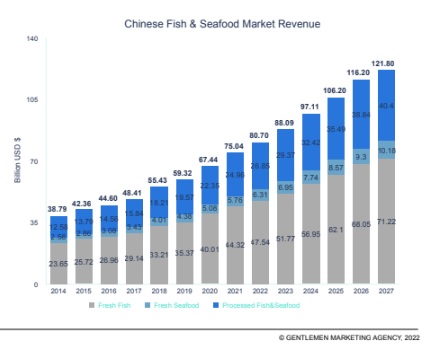
10 Seafoods & Fish distributors Importers in China
1- Hema
2- Jingshen Market
3-Yiguo Fresh
4- Tmall
5- JD
6- Qingyu Supermarket
7- Yangchenghu Hairy Supermarket
8- Yonghui
9- RT Mart
10- Jin wuxing
CHINA IS RANKING 1ST IN TERMS OF GLOBAL FISH & SEAFOOD REVENUE
IN 2022
After the crisis, the Chinese market was by far the best performer in the
world thanks to a positive economic recovery. Although imported seafood receives
more strict quarantine control from China customs, making it more complicated to
transport seafood to China, China domestic needs for imported seafood is still
increasing due to the rise of disposable income.
Revenue in the Fish & Seafood segment amounts to US$80.70bn in 2022. The
market is expected to grow annually by 8.58% (CAGR 2022-2027). The average
volume per person in the Fish &
CR Vanguard was the top-selling supermarket brand in China, with sales of 95.1 billion yuan ($13.5 trillion) in 2019. Fresh hema, a Alibaba-owned retailer, saw the largest jump in sales at 185.7% according to the China Chain Store and Franchise Association’s Top 100 Supermarket Brands List released on June 30, 2019.
China’s top 100 supermarket brands accounted for 18.1 percent of total food retail sales in the entire year. They grew by 4.1 percent last year.
The total sales of the top 10 winners was 580.9 billion Yuan. This represents 59.3 per cent of all sales for the top 100 brands.
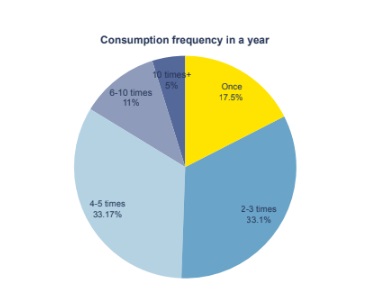
Chinese People expect : Freshness, Health, and Taste
China is home to a rich culinary culture, and has a long history of food-therapy. Chinese people are deeply concerned about the relationship between what they eat and their health. Imported seafood has been viewed as more nutritious and safe than domestic seafood in recent years due to its higher quality and stricter quality control. Seafood is increasingly being recognized for its health benefits, including the high level of unsaturated fat acids.
While the health aspect is important for Chinese dining tables, it cannot be overlooked that taste is equally important. We can see that the positive feedback from Chinese popular ecommerce platforms focuses mainly on freshness and deliciousness. Negative feedback is often about safety concerns.
China is experiencing a growing demand for premium seafood
China is a country with a long tradition of fishing and accounts for almost two-thirds worldwide aquaculture. The Chinese have a growing middle class and a rising disposable income. This has led to a wider range of seafood products being purchased by them. China’s premium seafood market is also expanding.
China has seen a significant increase in luxury seafood products over the last few years. In 2015, China was responsible for around 20% global luxury seafood consumption. China imports a lot premium seafood because of its overfished and polluted waters. Some cases, wealthy Chinese consumers have switched to seafood to avoid the scandal-plagued pork and chicken.
Chinese consumers are increasingly looking to other countries for high-quality seafood products. According to the Norwegian Seafood Council in 2018, the value of Chinese salmon exports from Norway reached $54.8 million during the first half 2018. This is a 544% increase year-on-year.
Hema Fresh
A Chinese People gives her feedback
This is a new grocery shop that opened recently in her hometown. The store’s mobile app allows her to order fresh imported salmon and have it delivered right at her doorstep within half an hour. The company in question is Hema Fresh, a grocery store that was invested by Alibaba. It embodies Jack Ma’s vision of “new retailers”, which combine on-line and offline businesses. It’s e-commerce at its core. Brick and mortar stores drive on-line traffic, create new shopping experiences, and cultivate new consumption habits. It’s a fascinating concept and I was curious about how it all works. During my recent visit to home, my mom offered to take me on a “tour to Hema Fresh”.
Hema connects everything above seamlessly, creating an ecosystem around one theme, food. It caters to different shopping habits.
It also standardizes product labels. All products, except seafood, are pre-packaged for daily use and labeled. This has been a problem for fresh grocery ecommerce businesses. Hema also uses electronic prices tags that synchronize on-line and offline product information. Everything you see in the shop is the same as what you order through the app. It draws offline customers with its superior shopping experience, which builds trust and converts them to online ordering. Online orders are driving the business and have already outperformed off-line orders.
Hema encourages Alipay cashless payments. Customers must download the app before they shop. This app records all activities and collects a lot of data offline. It can be used to analyze customers behavior, predict demand and manage inventory.
Alibaba, Tmall and Hema
Alibaba invests 2 billion USD in cold chain logistics, Tmall supermarket makes fresh and safer fresh food
Alibaba has supported Hema in building a strong logistic system. All fresh goods are shipped directly from the origins to the stores. There are several automated conveyors that connect the front of the store with the back end sorting centre. It takes staff 10 minutes to complete an order on the app and 20 minutes to deliver it. Machine learning is used to optimize the delivery route. Hema’s fast and free delivery is similar to Amazon Prime Membership. It changes customers’ perceptions and makes it difficult for them to switch to other e-commerce businesses that don’t offer these services.
Tmall.com is China’s biggest B2C online shopping site. The U.S. Department of Agriculture allows Chinese online shoppers to purchase fresh seafood from Alaska. This multi-country buffet regularly puts fresh food from dozens of other countries on the tables of Chinese customers.
Tmall.com, which has been steadily growing its fresh food platform in response to the rising demand from China for imported edibles not often found in local supermarkets. This is done through a series promotion with foreign trade offices.
This promotion is tied to Chinese New Year. It has allowed shoppers to buy blueberries from Chile and lamb from New Zealand. Lobsters from Canada were also available. Custard apples are from Taiwan. CNY Promotion is a partnership between 25 countries. More than 120,000 people have already spent more than RMB 220 million on specialty imported foods during this period.
JD.com , the 2nd biggest ecommerce operators in China, have long been best-known for selling apparel and Tech to the country’s army of savvy quality Chinese eshoppers.
But online sales of fresh produce from Mexican avocados to Scottish mackerel sourced from around the globe are growing fast thanks to increasingly complicated supply chains, totally changing Chinese consumer habits, and REALLY worries over the safety of country food. source
Tmall is part of an ongoing effort to expand e-commerce’s role as a gateway for Chinese food imports. Due to China’s numerous food safety concerns, there is a growing demand for foreignfoods. At the same time, China’s agriculture industry is having trouble meeting the needs of its new middle class. According to Tmall officials, there was a 500% increase in imports during the first half last year.
Read more
E-commerce allows overseas producers to fill this gap by selling directly and directly to consumers. E-commerce bypasses traditional distribution channels, which reduces middlemen and lowers the costs.
WE HELP FISH & SEAFOOD EXPORTERS TO SELL TO CHINESE DISTRIBUTORS

- We can help to identify distributors (we already have lists)
- We can contact them
- We can organize Marketing strategy to help to close deals
Contact to know our Business conditions.

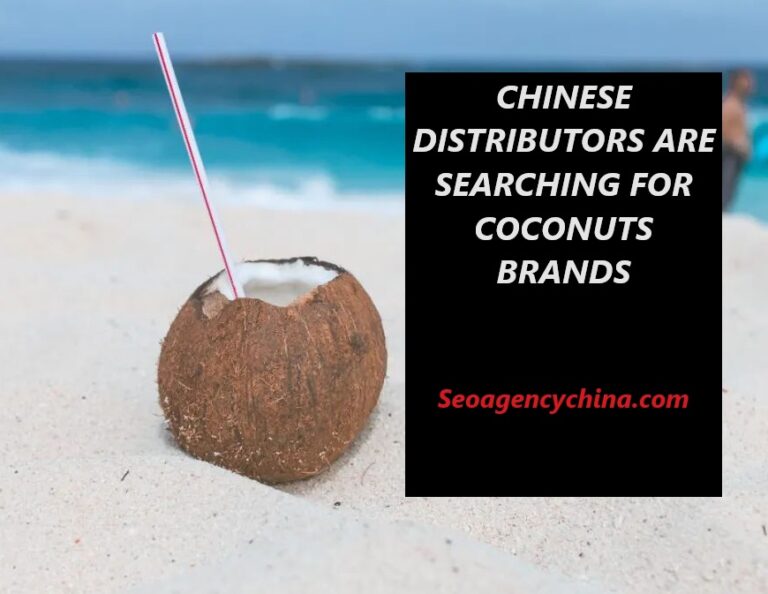
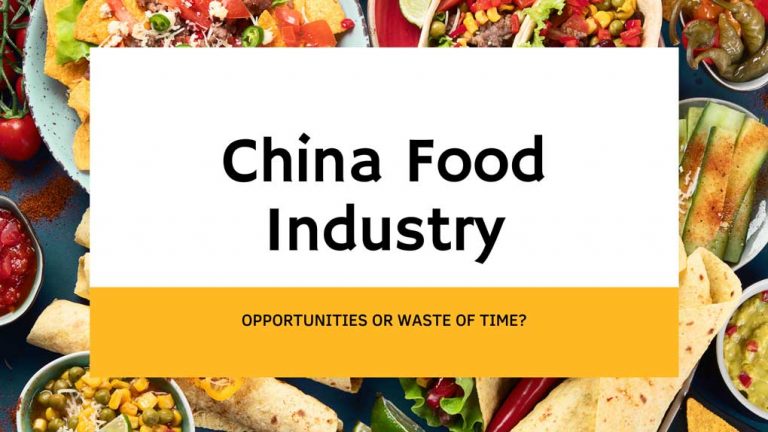
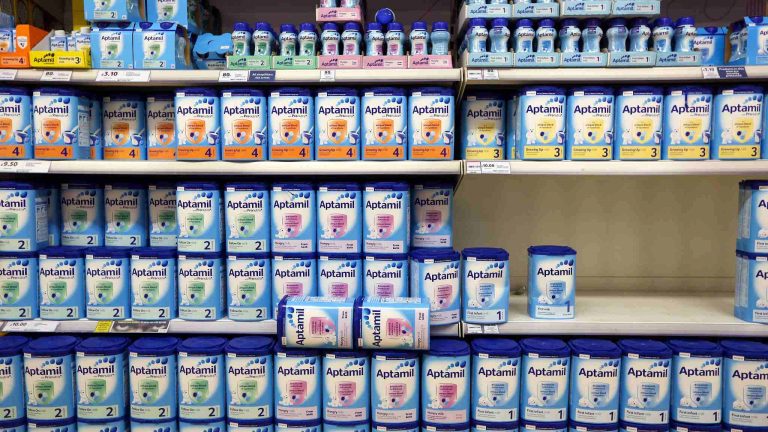

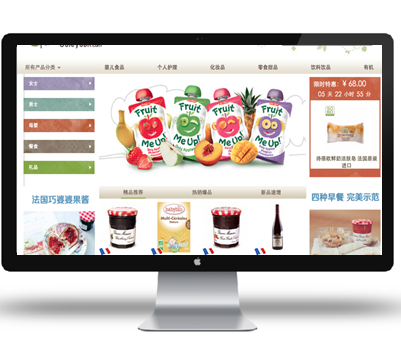

We are pasteurised crab meat exporter with experiences export to China before pandemic for 7 containers.
Right now we would like to start again export to China in collaboration with you.
Kindly advise
What is your email Bambang?